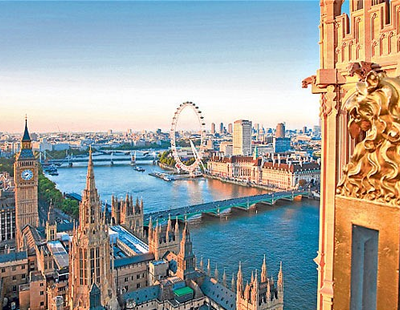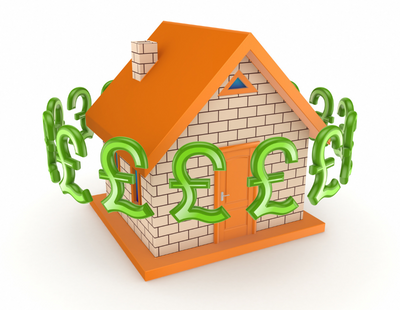Continued growth in average earnings and weak house price growth has led to housing affordability improving across the highest value markets where affordability levels have been most stretched.
This trend has quickened as areas witnessed localised price falls and accelerated earnings growth, reaching +3.7% in June 2019, according to the Office for National Statistics.
In London, the average house price (£483,100) now stands at 13 times the average Londoner’s earnings – a return to levels last seen in June 2015. This is down from a high of 14 times in June 2017. Despite this modest improvement, the capital’s ratio today remains well ahead of the 20-year house price to earnings ratio average (9:9).
There has been a similar improvement in Cambridge and Oxford, where house prices both sit at 12 times the average earnings respectively, with affordability levels back to those seen in mid-2015.
The southern cities of Bournemouth, Southampton, Portsmouth and Bristol – which have the next highest affordability ratios of 7:5 to 9:7 – have recorded a small decrease in the house price to earnings ratio since 2016 as price growth has dropped below the growth in average earnings.
Across the UK, the average house price to earnings ratio is 6:7.
Richard Donnell, research and insight director at Zoopla, comments: “While welcome news, the gap between earnings and prices needs to close further in order to make a material difference to would-be purchasers.”
“The changing picture is not limited to London There are 12 cities where the annual growth in house prices is below the growth in average earnings which is running at 3.7%. Lower-priced cities in northern England are actually getting less affordable than their southern counterparts when you consider that the annual percentage growth in house prices is outstripping earnings growth.”
Comparison to the 2007 house price to earnings ratio
When looking at the last peak in the housing market cycle in 2007, there are eight cities where the current ratio of house price to earnings is higher than in 2007 (meaning they are now less affordable), with the greatest differentials in Oxford, Cambridge and London.
Zoopla’s findings show higher-value cities across southern England – Bristol, Portsmouth and Southampton – are also above the 2007 house price to earnings ratio level, but to a lesser degree.
Other cities are close to the 2007 level, or well below, as is the case in cities in northern England and Scotland including Newcastle, Liverpool, Glasgow and Aberdeen.
“Although the likes of London, Oxford, Cambridge are at their most affordable levels in four years, the price to earnings ratio remains well ahead of the 20-year average (9:9),” Donnell adds.
“Some cities to the north of England and Scotland are more affordable now when compared to 2007 but, with more scope for future house price growth, the price to earnings ratio is set to rise slowly in the coming years.”
Birmingham house prices ‘hit the brakes’
Birmingham’s property market, which saw house prices grow fastest across much of 2018, has seen its annual rate of growth slow to +3.5% – half the level of July 2017 (7.2%).
Zoopla says market dynamics have shifted and weaker demand is failing to keep up with rising supply; the city is now ranked 9th for annual house price growth.
Donnell explains the supply of homes for sale is rising faster than sales agreed as levels of market activity slow, which is reducing the upward pressure on house prices.
House price inflation across other cities
While London is the UK’s most expensive city, house price inflation remains at 0%. Meanwhile, Edinburgh and Liverpool are each experiencing annual house price growth of +5.8% to £236,900 and £125,500 respectively. Liverpool has seen prices rise rapidly off a low base and this time last year house prices were rising by +3.8% annually.
Only two cities are witnessing annual house price falls for July 2019: Aberdeen (-4.8% to £160,100) and Oxford (-0.4% to £405,600).
Donnell says the findings reflect the ‘relative strength of demand and availability of housing supply’ across UK cities. “In cities with attractive affordability there is room for further house price growth so long as mortgage rates remain low and the economy continues to grow and create jobs.”
“However, house price growth levels are slowing down and this is likely to build into the autumn until there is greater clarity over the Brexit process and its implications on the economy,” he concludes.









.png)










Join the conversation
Be the first to comment (please use the comment box below)
Please login to comment